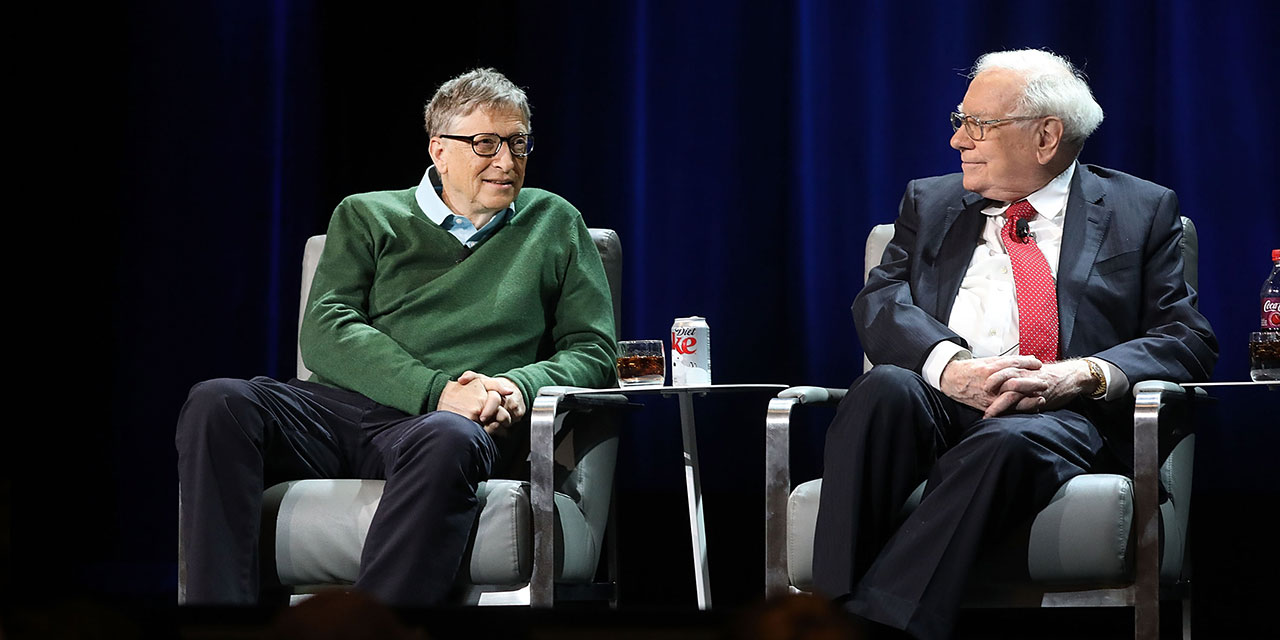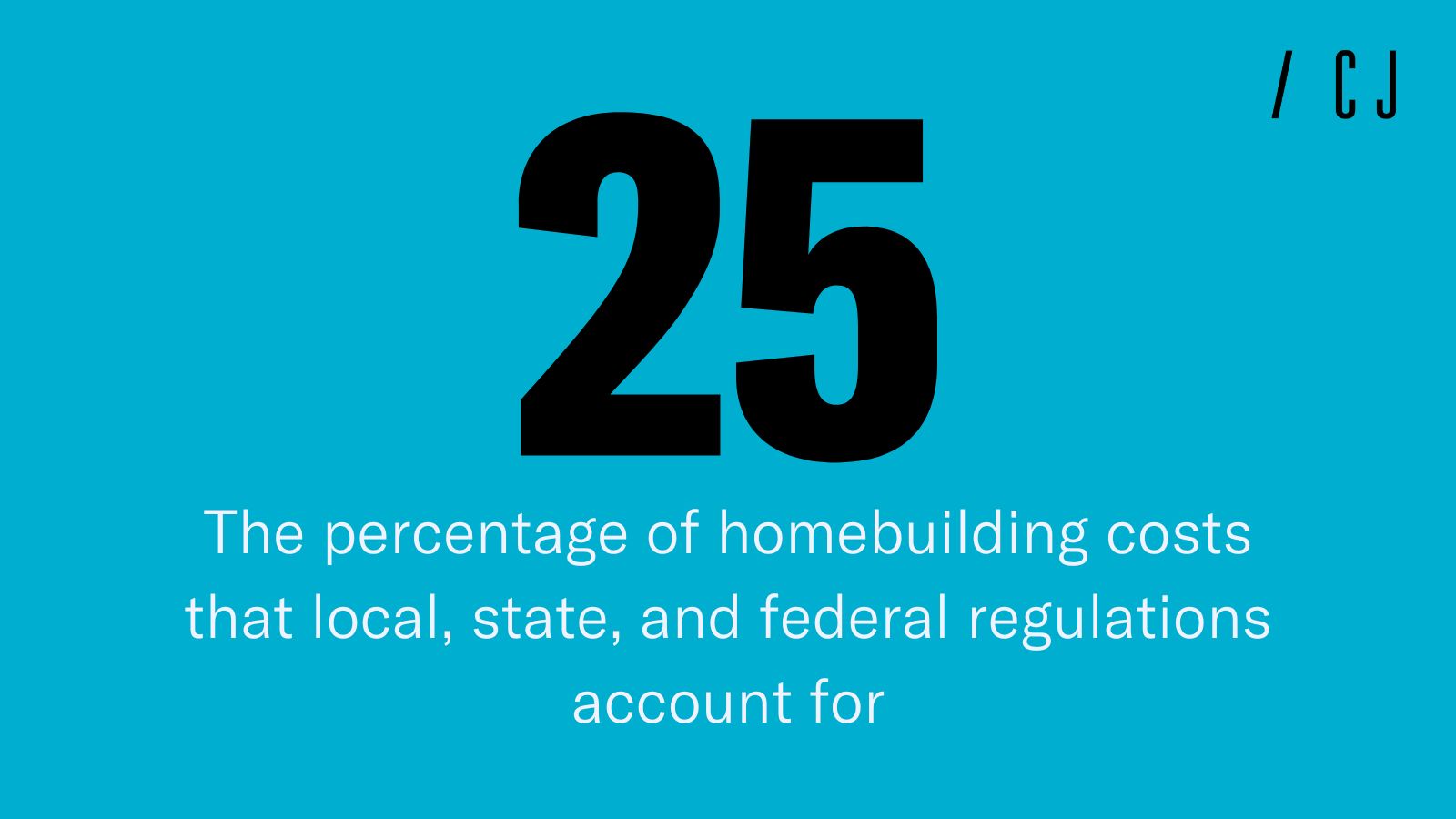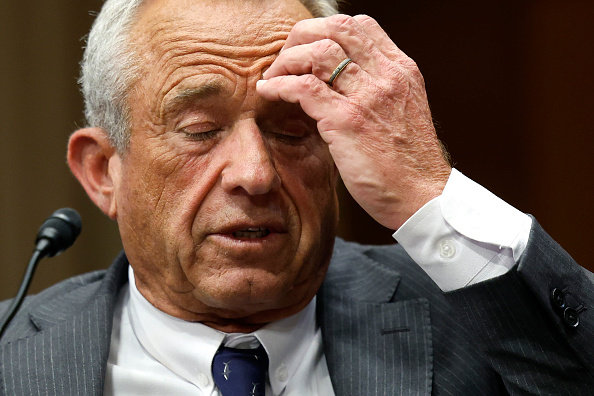|
Forwarded this email? Sign up for free to have it sent directly to your inbox. |
|
|
Good morning, We hope you had a great weekend.
Today, we’re looking at billionaire wealth, ugly federal buildings, how to rebuild Los Angeles, and advice for Trump’s pick to lead the FBI. Write to us at editors@city-journal.org with questions or comments. |
|
|
“Billionaires are hoarding wealth.”
It’s a common refrain among critics, particularly on the Left. The wealthy are keeping all of their riches for themselves, the thinking goes, planning their next trip to Mars when they should instead be focusing on giving their money away as quickly as possible.
Jeff Atwood, co-founder of the tech company Stack Exchange, is one of those critics, recently calling for billionaires to stop hiding in their bunkers and announcing that he would give away more than half of his own wealth in the next five years. It appears that Atwood does not understand basic economics.
“In a free-market society, some people having money in their pocket does not mean that others suffer as a result,” write Naomi Schaefer Riley, a senior fellow at the American Enterprise Institute, and James Piereson, a senior fellow at the Manhattan Institute. “People can use their money to start businesses and create jobs; invest their money and thus contribute to innovations that make others better off; and purchase goods, benefiting manufacturers and sellers alike.”
Read why they think this “fast philanthropy” is a shortsighted strategy. |
|
|
| Naomi Schaefer Riley, James Piereson |
Urging them to give away all their riches at once is a shortsighted strategy that misunderstands economics.
|
|
|
For nearly a century, America has built ugly federal buildings. Many are glass-covered structures that quash the human spirit, designed without the approval of their occupants or of the general public.
In his first presidency, Donald Trump sought to reverse America's aesthetic decline with an executive order calling for "beautiful" federal architecture, built in classical and traditional styles. Joe Biden promptly rescinded that order upon taking office.
Now that Trump is back in the White House, he seems committed to resuming his aesthetic agenda. Justin Shubow, president of the National Civic Art Society and former Trump appointee, unpacks the president's new memorandum, which again calls for "Beautiful Federal Civic Architecture." |
|
|
The staggeringly destructive Southern California wildfires dominated news coverage for much of January. The fires, still not fully contained, have destroyed whole neighborhoods in Los Angeles, including Pacific Palisades, famed for its scenic beauty. At 29, the current death toll makes the fires the third deadliest in the state’s history.
While humanitarian concerns rightly remain the focus of attention, the consequences and implications for the future are hard to ignore—especially with estimates of insurers’ losses projected at $30 billion or more. When the fires are finally out, and residents safely resettled, where does Los Angeles go from here?
While many are projecting a bleak future for the city, economists Matthew Kahn and Joseph Tracy take a more optimistic view that “the heart of L.A. is still beating.” They look to past examples of cities that have suffered calamities and rebuilt successfully, and they believe that Los Angeles can do the same—“provided that its political leaders don’t hijack the process or stifle market-based ideas that will be vital to helping the city make a fresh start.”
Read their assessment of how market forces, innovation, and learning from past mistakes can help build a new Los Angeles. |
|
|
Former FBI Special Agent Pat McMonigle has some words of advice for Kash Patel, President Trump’s pick to lead the bureau. The short version: fix it. McMonigle joined the FBI shortly after the 9/11 attacks, deploying to war zones in Afghanistan and Somalia, pursuing terrorists, and working with the CIA. But his nearly two decades of service gave him an intimate look at how the bureau was losing its way.
“Executive mismanagement, administrative hassle, arcane policies, and obsolete technology quickly drain most agents’ inspiration,” he writes. “The bureau is top-heavy and risk-averse, subjecting cases big and small to countless rounds of oversight by management who often lack the knowledge, judgment, or operational experience of actual investigators.”
And agents are underpaid, often living in crime-ridden cities below the poverty line. Morale is broken thanks to the organization’s tarnished reputation and the loss of public trust. But McMonigle thinks Patel can get the bureau back on the right path. Read his advice for the nominee here. |
|
|
This is the real caption for this image: |
“Robert F. Kennedy Jr., U.S. President Donald Trump’s nominee for Secretary of Health and Human Services testifies during his Senate Committee on Health, Education, Labor and Pensions confirmation hearing at the Dirksen Senate Office Building on January 30, 2025 in Washington, DC. Kennedy is testifying for a second day following a tense three-hour hearing before the Senate Finance Committee where he clashed with Democrats over his stance on vaccines and abortion rights.”
|
But we bet you can come up with a better one. Send your submissions to editors@city-journal.org by noon Eastern tomorrow. We'll feature our favorite(s) in an upcoming newsletter. |
| |
A quarterly magazine of urban affairs, published by the Manhattan Institute, edited by Brian C. Anderson. |
|
|
Copyright © 2025 Manhattan Institute, All rights reserved. |
|
|
|






